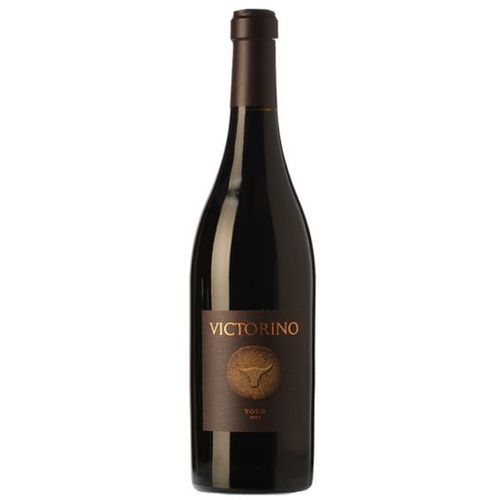Victoria 2016/2021
Victoria 2016/2021 - 2016 is backordered and will ship as soon as it is back in stock.
94 points José Peñín, 96 Dunnuck points, 94 points James Suckling, 94 Decanter points, and 93 points Robert Parker
It all started when they were looking for a vineyard for another family project at Vinos de la Tierra, where they met and “fell in love” with the old pre-phylloxera vines of Toro and their ability to produce unique wines. The success in making these wines was marked by several stages. Initially, the Eguren brothers took over the Numanthia Termes winery, where they made the Termanthia wine, which earned them 100 Parker points. In 2008, they sold this winery to Louis Vuitton Möet Hennessy (LVMH) to begin a solo journey and search for new vineyards with very specific characteristics, also in Toro lands.
These vineyards also have more gravel on the surface, are north-facing and have longer vegetative cycles. All this is done to obtain wines that convey balance and elegance, extracting the maximum potential from the land.
The construction of the Teso La Monja winery began, however, before the sale of Numanthia Termes to LVMH. It was in 2006, on a few hectares of adjacent vineyard. It is a winery of sober architectural beauty in whose design the most modern vision of producing great wines is perfectly combined with the experience, history and good work of the past.
Modernity on solid foundations. In this context, the following wines are produced: Românico, Almirez, Victorino, Alabaster and Teso La Monja. Wines that convey the essence of Tinta de Toro with subtlety and freshness, two characteristic attributes of all Eguren wines.
In Toro, there are very old pre-phylloxera vineyards, which is not the case in other Spanish DOs, such as La Rioja, where that plague devastated all the vineyards. Thus, Teso la Monja has 90 hectares of planted vineyards, most of them in direct and native conditions, located in the municipalities of Valdefinjas, Toro and Villabuena del Puente. These vines are between 35 and 130 years old, and are used for the production of alabaster.
In Teso la Monja, sustainable agriculture is also practiced, with organic fertilizers and delicate work in the winery. Traditional methods are combined with the most modern technology to extract mineral nuances from privileged soils.
Country: Spain
Region: Torus
Type: Red
Vendor: Viñedos y Bodegas Sierra Cantabria
Winemaker: Marcos Eguren
Castes: 100% Toro Paint
Alcoholic Content: 14.5%




